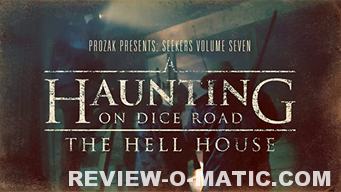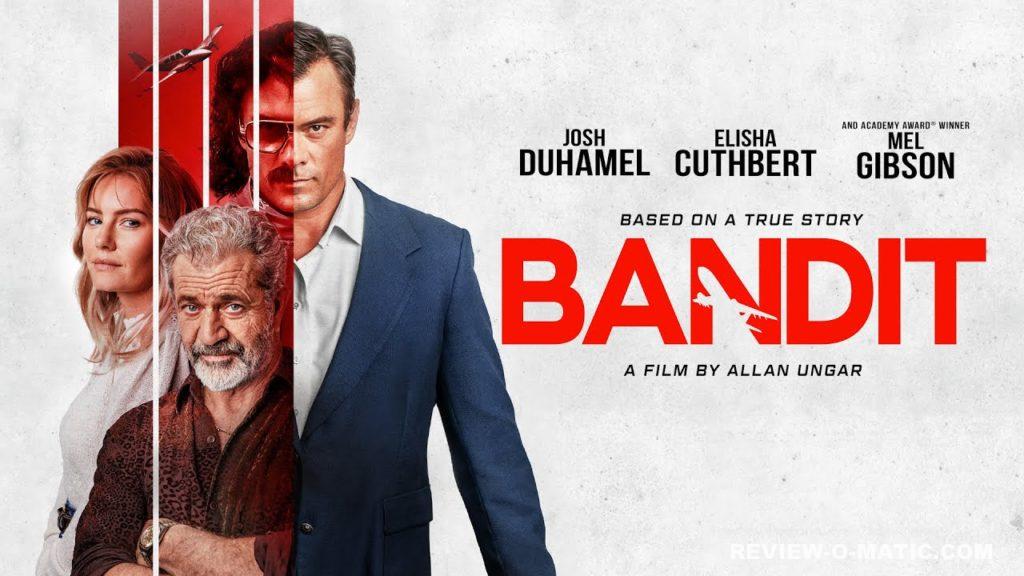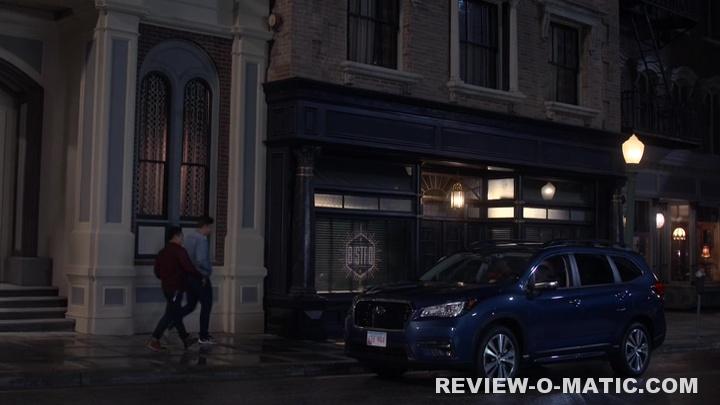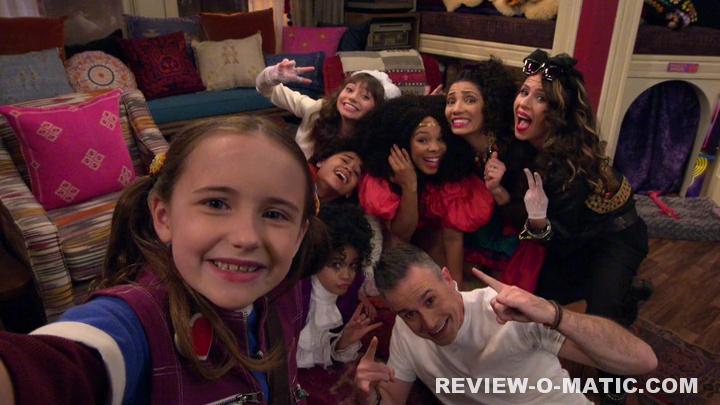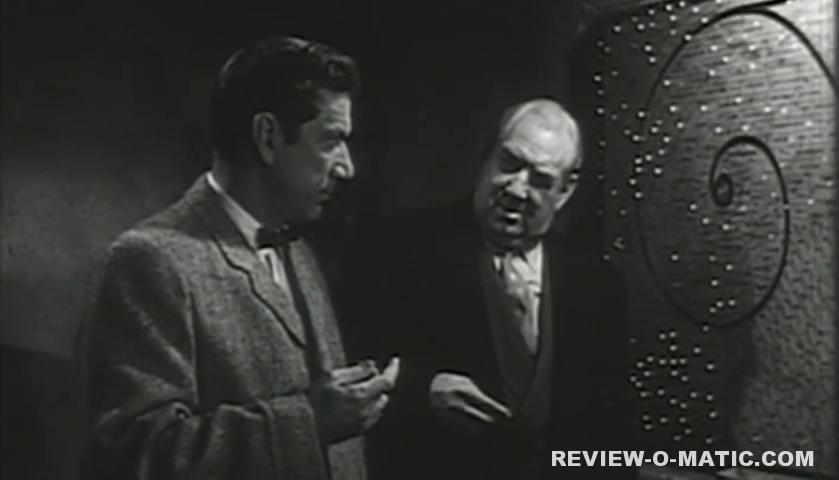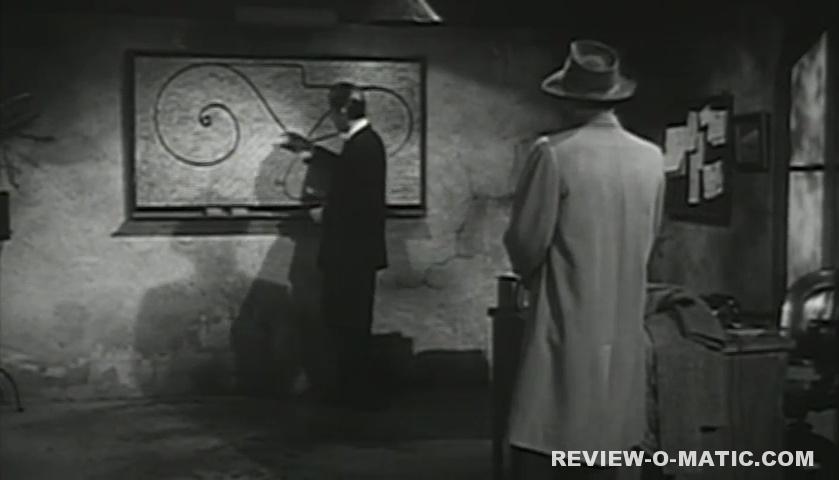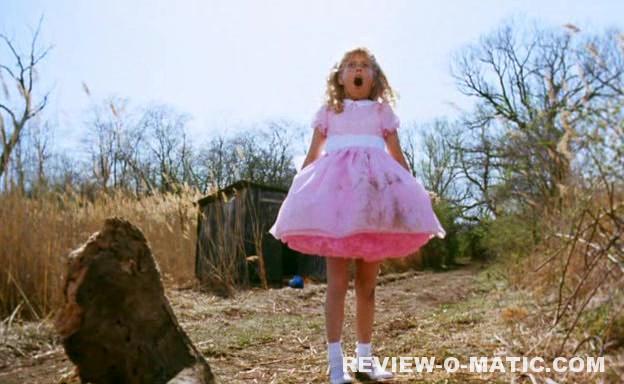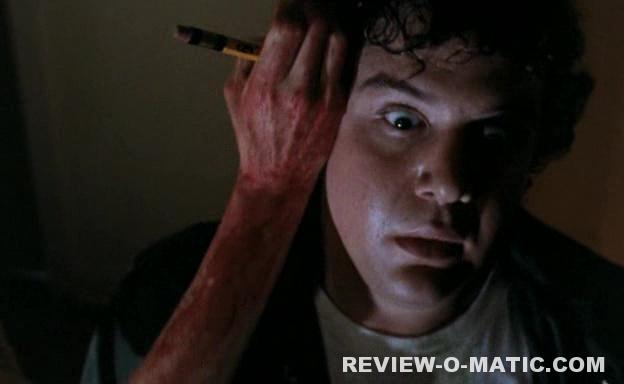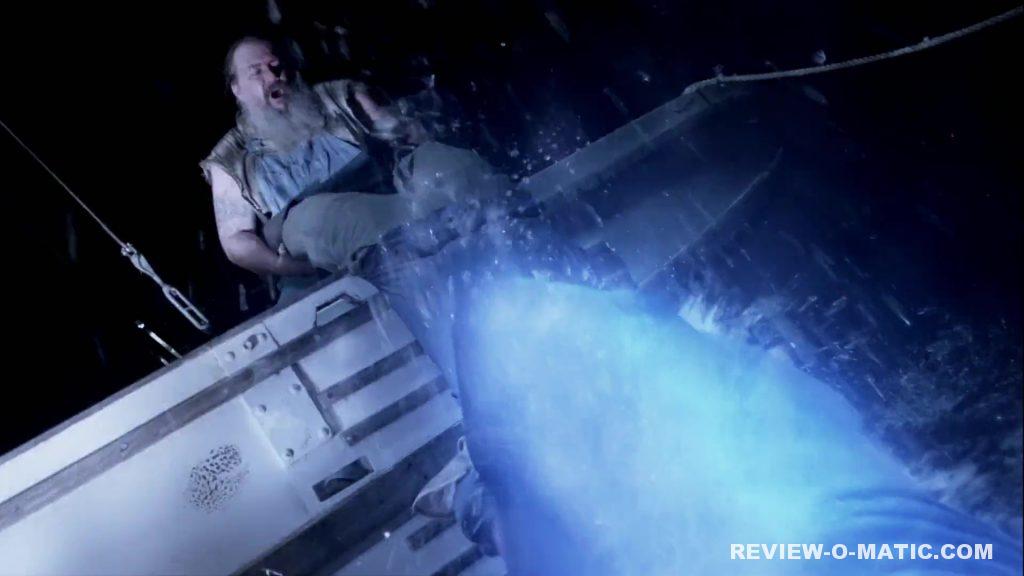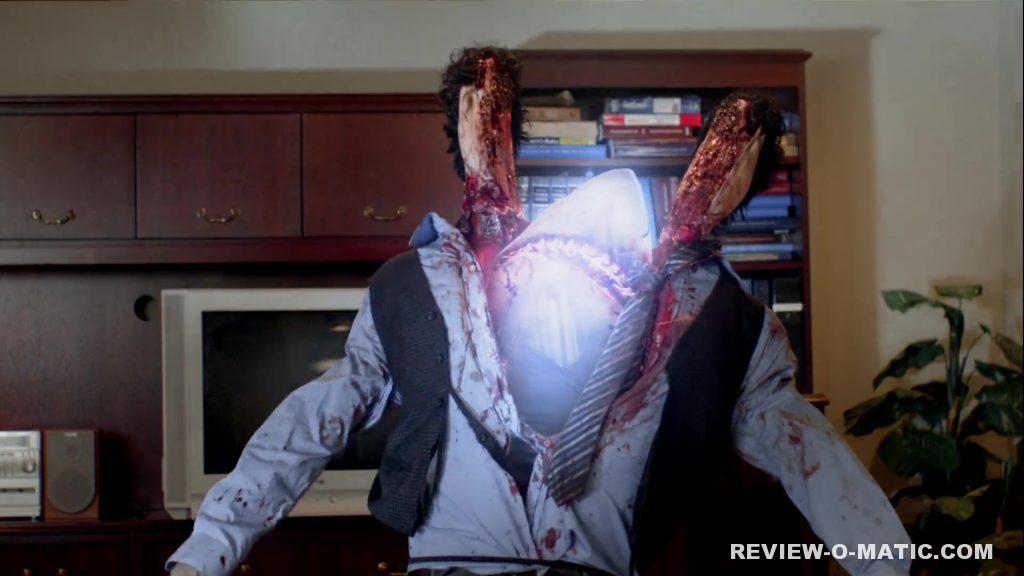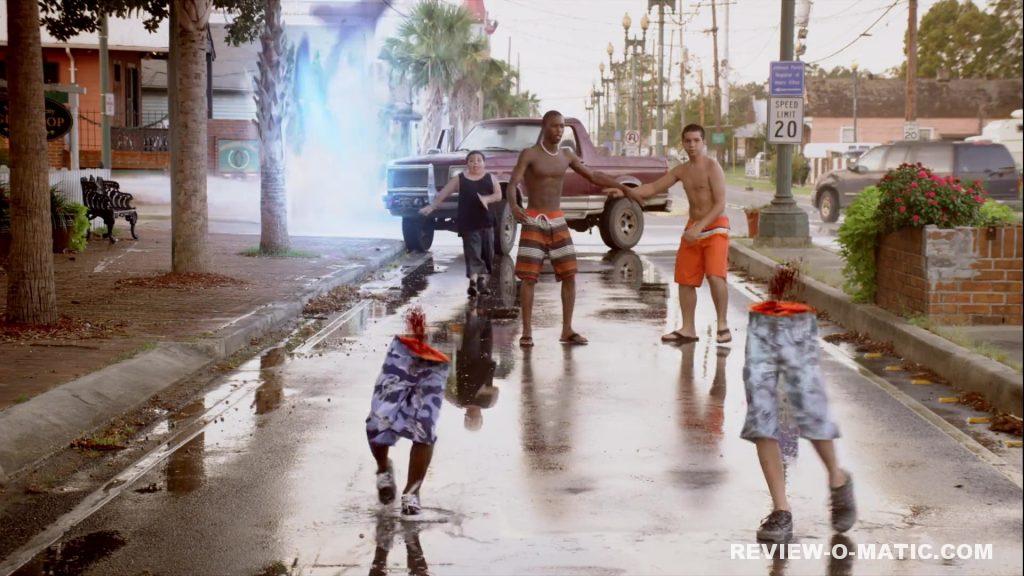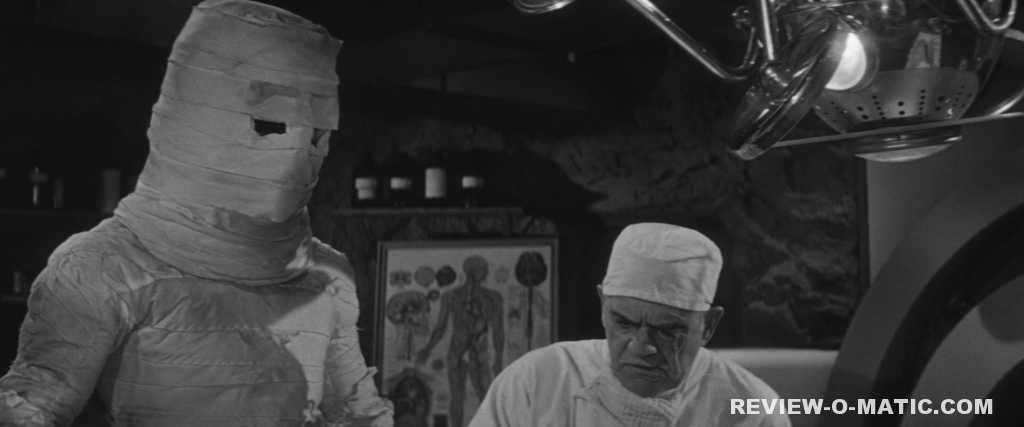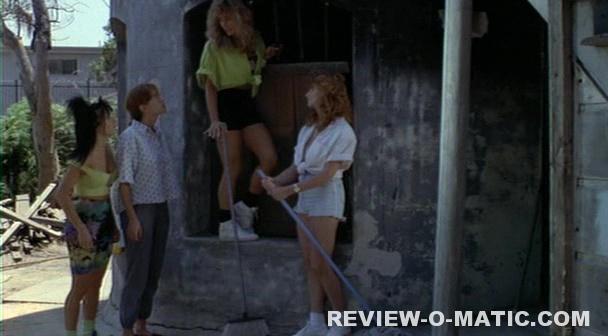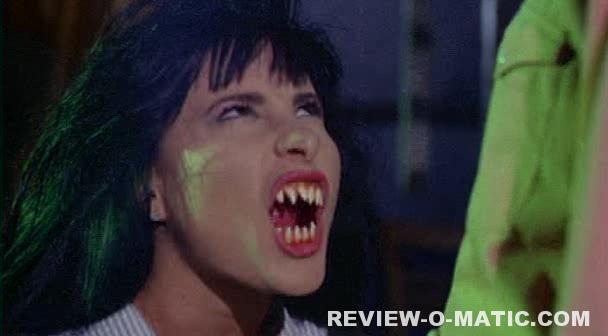In Search of Tomorrow (2021)
October 8th, 2022In the early 2000s just as nostalgia for the 1980s was really ramping up, VH1 launched I Love the 80’s, a series that featured musicians, comedians, and actors talking about relics from the 80s like Rubik’s Cubes, Alf, and Duran Duran. Each topic was presented as a short stand-alone segment featuring comments and memories from a handful of talking heads before moving on to the next one. Like blocks of music videos, there was no overall overarching narrative for each episode — topics were presented and discussed briefly before moving on to the next one.
A better name for 2021’s IN SEARCH OF TOMORROW might have been I Love the 80s: Sci-Fi Movie Edition. With a run time of just over five hours and a tagline claiming “The Definitive ’80s Sci-Fi Documentary,” I was curious as to how the documentary’s content would be organized and presented and what exactly would be covered. Five hours is a long time.
The scope of the documentary is sci-fi movies from the 1980s, and while not every single science fiction movie from the decade is touched upon, an awful lot of them are. Movies are discussed chronologically (except when they aren’t) and segments are broken up into bite-sized (niblet-sized?) portions. The documentary doesn’t explain how the content is about to be presented so the beginning felt a little disjointed until I caught on and realized this film is exactly like I Love the 80s. Films are introduced, various people discuss and comment on them for approximately three minutes, and then it’s on to the next one — rinse and repeat until the end of 1989 is reached, five hours later.
For the most part movies are presented in a chronological fashion, year by year, but occasionally a topic will be presented — “world building,” for example — and the program will touch on a series of movies in that category. I just search Google for the top 10 sci-fi films of 1984 and of those, six (The Terminator, Ghostbusters, Dune, 2010: The Year We Make Contact, The Last Starfighter, and The Adventures of Buckaroo Bonsai Across the 8th Dimension) are all specifically covered, while two of the others (Repo Man and Night of the Comet) are mentioned in other groupings. The final two films, Starman and The Ice Pirates, are not discussed directly but do appear in montages.
The talking heads featured throughout the film vary. In the three-minute segment covering Howard the Duck we get input from six people: Ed Gale (the actor who portrayed Howard), Craig Miller (publicist for Lucasfilm, Ltd), Angelique Roche (host of Syfy Wire), Julie Brown (writer/actor of Earth Girls are Easy), Tim Cogshell (NPR film critic) and Phil Tippet (special effects/stop-motion supervisor). As with each segment, comments are presented along with clips from the film and behind the scenes footage. While everyone who appears in the documentary is knowledgeable, several of them were unknown to me, and few megastars appear. For E.T. we get Dee Wallace; representing Aliens are actors like Mark Rolston and Carrie Henn (who played the young girl, Newt), but no Sigourney Weaver. In between names like Billy Dee Williams and Gene Simmons are people like Ian Nathan (editor of Empire Magazine), John Knoll (ILM), Craig Safan (composer), and Gray Scott (“Futurist”).
Big films like Back to the Future, Predator, and E.T. get lengthier coverage than most, but no single film takes over the documentary’s focus for long. If anything, I was surprised at how much screen time films like Explorers, Flight of the Navigator, and Spacehunter got. I think of all the movies featured there were only two I hadn’t seen: Miracle Mile, and Akira.
Although the five-hour runtime of IN SEARCH OF TOMORROW may seem intimidating, the style of presentation makes it convenient to pause the film and consume the content over multiple viewings. I learned a few things from watching the film, and even more than that, kept a running tab of movies I want to revisit in the near future because of it. Highly recommended for fans of 80s sci-fi.
